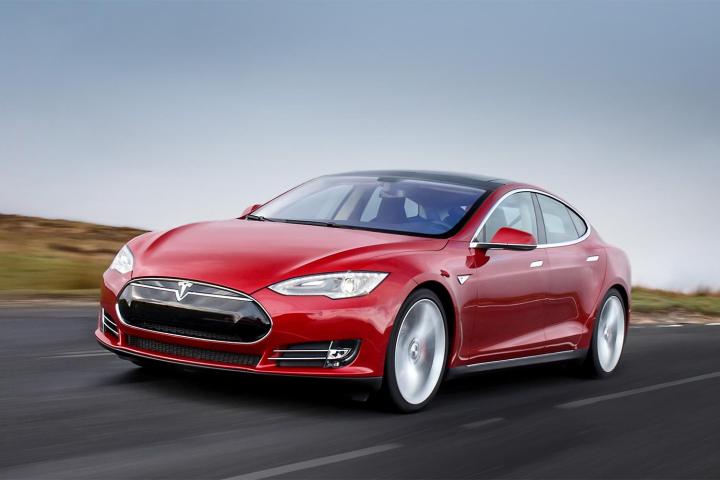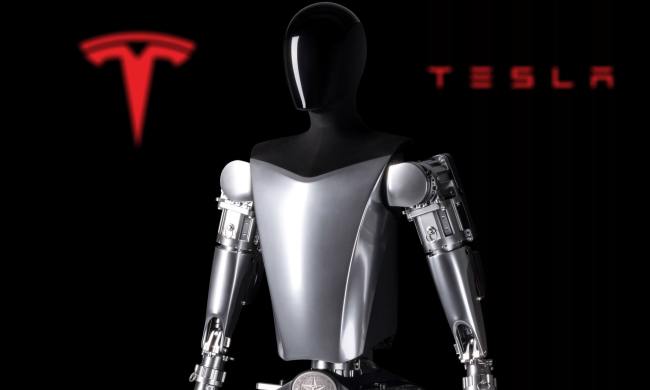
Certain Tesla Model S owners are giving their cars upgrades, but instead of changing tires, brake calipers, or paint jobs, they’re changing software.
Tesla itself continually tweaks cars with over-the-air software updates, and now some owners are making changes themselves.
While Tesla hasn’t explicitly opened the Model S to outside programmers, a few owners are writing their own code for the car to gather data or perform new functions, according to the MIT Technology Review.
Joe Pasqua, an employee of a database company in San Carlos, California, fiddled with Tesla’s official iPhone app to create Visible Tesla, a new app that further tethers electric cars to smartphones.
The app can lock and unlock doors, operate the climate control, or open the sunroof. It can also send location-specific text messages depending on where the car is, and monitor charging.
Owners can also use the app to compare vehicle data, to get a better idea of how driving style, climate, and other factors affect cars’ performance. Maximizing range per charge is very important with electric cars for reasons of both efficiency and practicality.
Tesla doesn’t seem bothered by the third-party app, even though Pasqua accidentally bombarded the company’s servers with data once. Tesla could shut down the app if it wanted to, but it hasn’t, Pasqua said.
Another owner tweaking Tesla software is Edward Arthur, a semiconductor designer from Massachusetts. He wrote a script to check whether the car was charging at 9:30 a.m. every day. He gets a text message to remind him if the car isn’t plugged in.
Tesla reportedly hasn’t ruled out offering a software development kit to help formalize this kind of tinkering, but it isn’t a priority for the company right now. But that doesn’t mean owners won’t continue finding their own ways to alter what they get from the factory.


